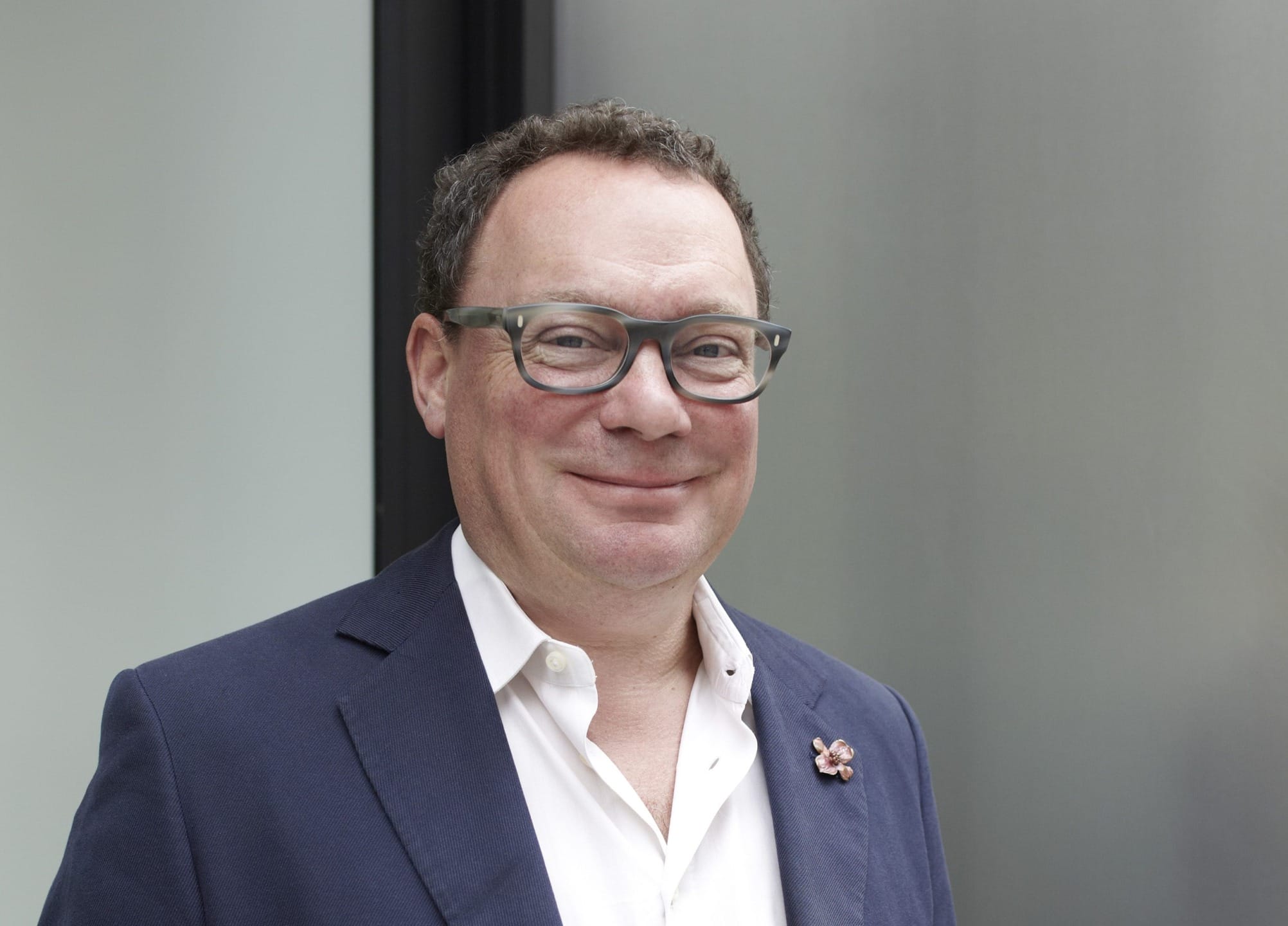New York Dealer Paul Kasmin Expands His Empire
The high-profile dealer’s fourth gallery features an ambitious rooftop sculpture garden and bold plans for a new exhibition model

In recent years, traditional brick-and-mortar galleries have been operating in a state of flux—determined to survive despite falling foot traffic, soaring urban rents, continual development, not to mention a rise in online sales.
Yet the blocks between 19th and 28th Streets in Chelsea have remained New York’s arts hub. Although there have been a number of gallery closures in the neighborhood, the area is experiencing something of a renaissance, thanks to a handful of high-profile dealers opening new spaces—some their third and fourth in Chelsea.

The most ambitious of the lot is Paul Kasmin and the High Line Nine, a series of exhibition spaces adjacent to the High Line, the 1.45-mile elevated linear park created on a former stretch of the New York Central Railroad. Developed by Related Companies, the arcade is home to 15 new galleries on West 28th and West 27th Streets in West Chelsea.
Recommended: Meet the Art World’s New Go-To Architect
Kasmin’s fourth location opened on October 10 at 509 West 27th Street, in a building that was gutted and redesigned by the New York–based architect Markus Dochantschi of StudioMDA. One of the only purpose-built gallery spaces in Chelsea, the outpost features an incredible “waffle” roof design boasting 28 individual skylights and a 5,000-square-foot rooftop sculpture garden. The location is prime as well, nestled between the High Line and Zaha Hadid’s first New York building, 520 West 28th Street.

“The gallery moved to Chelsea from Soho in 2000,” Kasmin tells Galerie. “Since then, the area has developed the highest concentration of galleries anywhere in Manhattan. Most of these are adapted industrial spaces, whereas the new gallery is expressly designed to show work at its best.”
“Between the relocated Whitney Museum and the Shed at Hudson Yards, the 20s of Chelsea are being anchored as the center of the Chelsea arts scene,” Dochantschi adds. “It’s an exciting time.”
The idea of accessibility is important to Dochantschi, the go-to art-world architect who has designed all of Kasmin’s spaces and the Lisson Gallery, as well as some 70 art fair booths for the likes of Helly Nahmad Gallery and Anton Kern.

“I did the same thing for Paul’s first gallery, which was really counter to what you would usually see in Chelsea. I remember coming to New York in 1998, when I was working for Zaha Hadid, and I found the galleries in the area being so enclosed—you basically needed an invitation to enter,” Dochantschi says.
To counter that, he maximized the space of the opening with the biggest pieces of glass available to allow a visual exchange with the space even when it’s closed. Cast out of concrete, the building makes a striking first impression with a white concrete façade that frames the expansive glass storefront.
The pièce de résistance is the inaugural rooftop exhibition, which features three large-scale bronze sculptures by Joel Shapiro, introducing an exciting new model for publicly sited commercial sculpture. (The sculptures were made in the same foundry as the concrete façade.)

Kicking off the first exhibition inside, meanwhile, is a new body of large-scale watercolors titled “Barbary” by Walton Ford. The series is a culmination of some 18 years of research by the artist into the iconic Barbary lion, a now extinct subspecies once found across the Atlas Mountains of North Africa.
The shows herald a new era of curatorial ambition for the gallery. Along with shows larger in scope and an ambitious rooftop program, the gallery is also making a number of additional changes. Firstly, a welcome redesign of the logo and website. Secondly, Kasmin has decided to extend the length of his exhibitions from the usual six weeks to three months. (An unparalleled museum-quality exhibition on the relationship between Brancusi and Duchamp, for example, runs from September through December at the 515 West 27th Street space.)
Recommended: How Ai Weiwei Got His Big Los Angeles Moment

StudioMDA is also the mastermind behind the High Line Nine, which sits adjacent to the gallery, nestled underneath the elevated park. The idea is to provide galleries with a turnkey space outfitted with state-of-the-art lighting, a security and mechanics system, and tall hanging walls, so they won’t have to lease a massive space. It opens up the area for galleries from different regions in the U.S. The first group of tenants include Leila Heller Gallery, Hollis Taggart Gallery, and ZieherSmith, as well as a wine bar called il Piccolo Ristoro.
The inspiration came from art fair booths, 19th-century European arcades found in Paris or London, and even the Guggenheim Museum in New York. “Going through passages on a journey and catching glimpses without having to knock on the door to go in—that was really the concept behind it,” Dochantschi says. “I love this idea of experiencing architecture more as a journey.”
